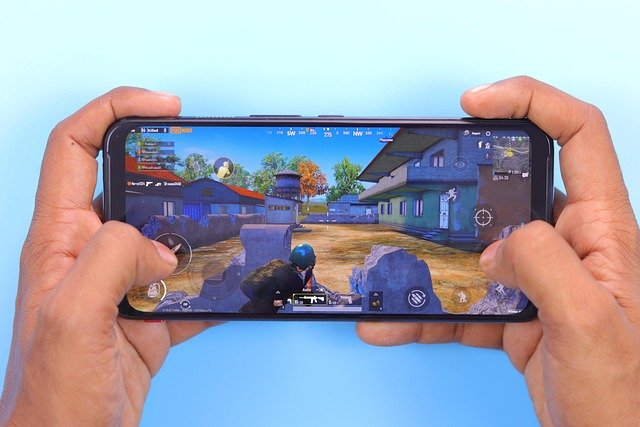Designing Inclusive Controls for Diverse Players
Including a wide range of control options helps games reach and retain players with varied preferences, abilities, and devices. Thoughtful control design considers input flexibility, clear feedback, cultural differences, and continuity across sessions to support accessibility, social play, and broader community engagement.

Inclusive control design begins with the recognition that players come from diverse backgrounds, use different devices, and have varying abilities. Controls should be adaptable rather than fixed, offering alternatives that map to different motor, sensory, and cognitive needs. Designers can prioritize clarity, consistency, and predictable feedback so players can form reliable mental models. This first layer of thoughtful design improves onboarding, reduces frustration, and supports longer-term retention as players feel more capable and understood.
Accessibility: what controls help all players?
Accessible controls include remappable bindings, adjustable sensitivity, alternative input schemes, and scalable UI elements. For players with limited dexterity or visual impairments, single-action modes, toggle options, and high-contrast feedback can make gameplay achievable. Accessibility extends beyond features to testing practices: include players with disabilities in usability tests and iterate based on observed workflows. When accessibility is built into the core design process, it reduces late-stage rework and broadens the player base in a way that aligns with ethical and legal expectations.
Crossplay and multiplayer: shared control challenges
Crossplay and multiplayer environments introduce variability in input paradigms: controllers, touchscreens, keyboard and mouse, and gamepads intermix. Matchmaking and balance decisions should account for input differences so competitive integrity is preserved without excluding certain devices. Consider optional matchmaking filters and aim-assist policies that are transparent. Clear communication about input-related matchmaking and visible UI cues that indicate control parity can help avoid community friction while supporting diverse playstyles.
Localization and community: controls across cultures
Localization goes beyond language to include cultural expectations about symbols, iconography, and gesture metaphors. A control that feels intuitive in one region may confuse players elsewhere. Community-driven feedback and user-generated content (UGC) can reveal localized preferences for input layouts or control metaphors. Support for local services and testing with regional player groups improves learnability and fosters a community where players can share control presets, macros, or layouts safely and respectfully.
Monetization, liveops and retention: balancing access
Monetization and liveops should avoid gating essential accessibility features behind paywalls. Players already face barriers; charging for basic remapping or essential UI scaling undermines inclusion and harms retention. Liveops can enhance accessibility by rolling out temporary events that introduce new control modes or testing pilot features with opt-in groups. Monitoring retention metrics after accessibility updates helps measure impact and guides resource allocation for sustained improvements.
Analytics, optimization and AI: personalizing control schemes
Analytics can detect friction points where input errors spike, allowing targeted optimization. Use anonymized telemetry to identify common failure states, then test alternative mappings or tweak sensitivity curves. AI-driven assistive systems can offer personalized control suggestions based on observed play patterns, while ensuring user consent and privacy. Iterative A/B testing of control presets can reveal which options improve onboarding and long-term engagement without making speculative claims about outcomes.
Cloudsaves, mobile and UGC: continuity and input diversity
Cloud saves and mobile support enable players to switch devices while maintaining custom control mappings, which is important for accessibility and retention. Provide profile-level control presets that sync across sessions so players do not need to reconfigure settings on each device. Enable UGC-friendly sharing of control layouts with moderation to prevent harmful content. Mobile controls deserve special attention: offer configurable touch zones, optional controller support, and performance optimization to reduce input lag across networks.
Designing inclusive controls is an ongoing process that combines user research, engineering constraints, and community feedback. By integrating accessibility early, aligning crossplay policies with fair matchmaking, localizing input metaphors, protecting essential features from monetization barriers, and leveraging analytics and AI responsibly, teams can create control systems that respect player diversity. Continuous iteration and respectful engagement with player communities help ensure controls evolve alongside the audience without making unsupported promises.





